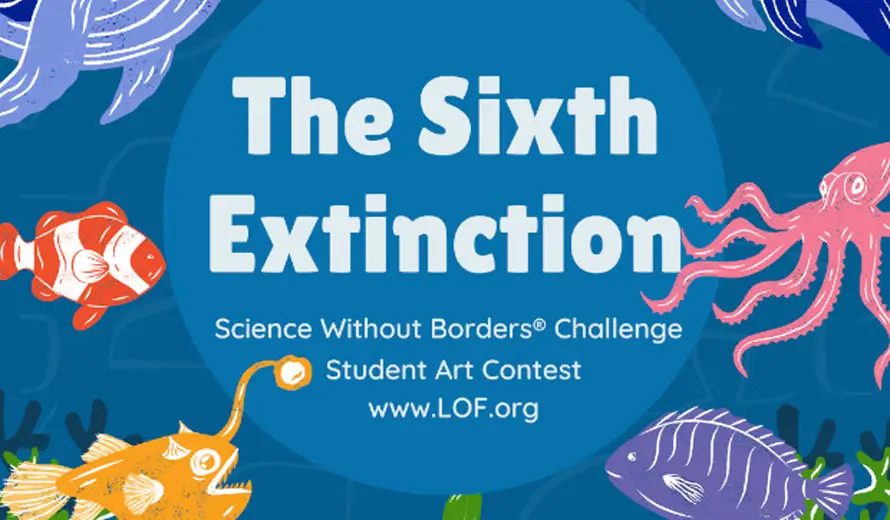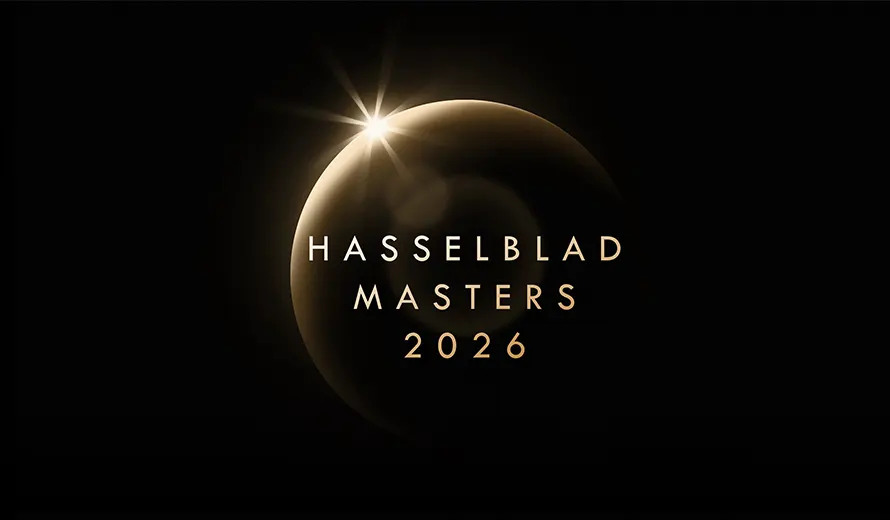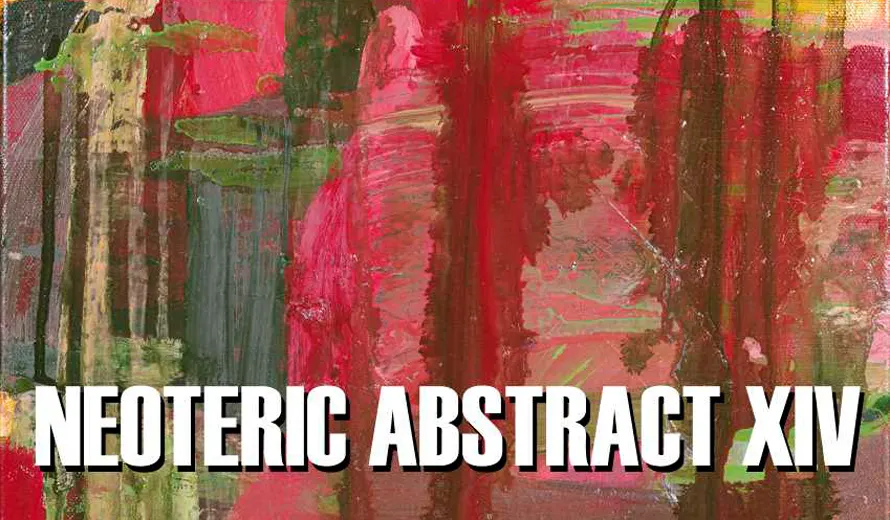Science Without Borders Challenge 2023

Science Without Borders Challenge 2023 now is over!
The Khaled bin Sultan Living Oceans Foundation is excited to announce its 11th Annual Science Without Borders Challenge 2023, international competition created to get students and teachers interested in ocean conservation through various forms of art.
Short description
The Khaled bin Sultan Living Oceans Foundation is excited to announce the 11th Annual Science Without Borders Challenge. This annual contest inspires students to be creative while learning about important ocean conservation issues.
The Science Without Borders Challenge is an international competition that engages students and teachers in ocean conservation through art.
This annual competition inspires students to be creative while promoting public awareness of the need to preserve, protect, and restore the world’s oceans and aquatic resources, contributing to the overarching goals of the Khaled bin Sultan Living Oceans Foundation.
The theme for 2023 is: “The Sixth Extinction.”
Throughout the history of our planet, there have been five mass extinctions. The last one took place during the Cretaceous Period when an asteroid hit Earth, drastically changing the climate and causing the dinosaurs to go extinct.
We are now in what is termed “the sixth mass extinction.” Humans have been altering the Earth’s environment as far back as the hunters and gatherers. As time progressed, humans invented more sophisticated technologies that simplified their way of living, but many of these advances resulted in great environmental losses. For example, during the agricultural revolution, humans cleared forests and other habitats to plant crops and raise domesticated animals. These actions negatively impacted the environment leading to a loss of habitat, decrease in biodiversity, and increase in infectious diseases.
With the onset of the Industrial Revolution, humans created the greatest number of technological advances. These developments drastically increased the rate of animal extinction. Pre-human estimates show that the extinction rate was 0.1 extinctions per million species per year. Scientists estimate that the current extinction rate is 1,000 times greater, which means that the extinction rate is 100 extinctions per million species per year. They also believe that this is an underestimate, as there are many species that have yet to be discovered.
The reason for the sixth extinction isn’t due to an asteroid crashing into Earth or volcanoes changing the climate. The sixth extinction is due to humans. We are altering the planet in many ways, including over-exploiting natural resources, destroying habitats, changing the climate, polluting, introducing invasive species, and causing diseases.
Human threats can lead to species becoming endangered, which means that organisms are threatened by extinction. This is a sign that the ecosystem is not functioning well. Each species, however small, plays an important role in its ecosystem. When one species is endangered or has gone extinct, the entire ecosystem suffers. The organisms that rely on the threatened species also suffer and can become endangered as well. Important ecosystem functions also may cease to exist.
Let’s look at the example of black rhinos (Diceros bicornis), which are now considered critically endangered. These species are a key part of African ecosystems. Rhinos are “mega-herbivores,” meaning that they are very large herbivores that consume large quantities of plant material each day. They help to reshape the entire ecosystem by eating woody plants. Removing these woody plants clears the land for grasses to grow which benefits many different animals. Black rhinos also help reshape the land when they bathe in mud puddles. This helps create natural watering holes that other animals depend on for drinking water. Rhinos contribute to many parts of the food web. Because they consume so much vegetation, they also produce a lot of dung. This helps to fertilize the soil and provide food for many other organisms such as dung beetles. The black rhino plays other roles in its ecosystem, but from these examples, we can see how important one organism can be to the entire ecosystem.
When creating your artwork, you should think about these questions:
Does your artwork reflect that you understand the theme of the contest?
Does your artist’s statement also show that you understand the contest theme?
Does your piece show that you have a good understanding of art and that you use these art elements, such as line, shape, form, value, composition, and color, to effectively portray the theme?
Is your artwork original, inventive, and shows off your individual style?
Is your artwork neat? Are there tears, smudges, and/or smear marks?
Does your artwork invoke emotion for your viewers? Is it striking and memorable?
Who may enter?
The Science Without Borders Challenge is an international art contest open to primary and secondary school students 11-19 years old.
Prize:
➜ 1st Place: $500 scholarship
➜ 2nd Place: $350 scholarship
➜ 3rd Place: $200 scholarship
Entry fees:
There is no entry fee to participate!





